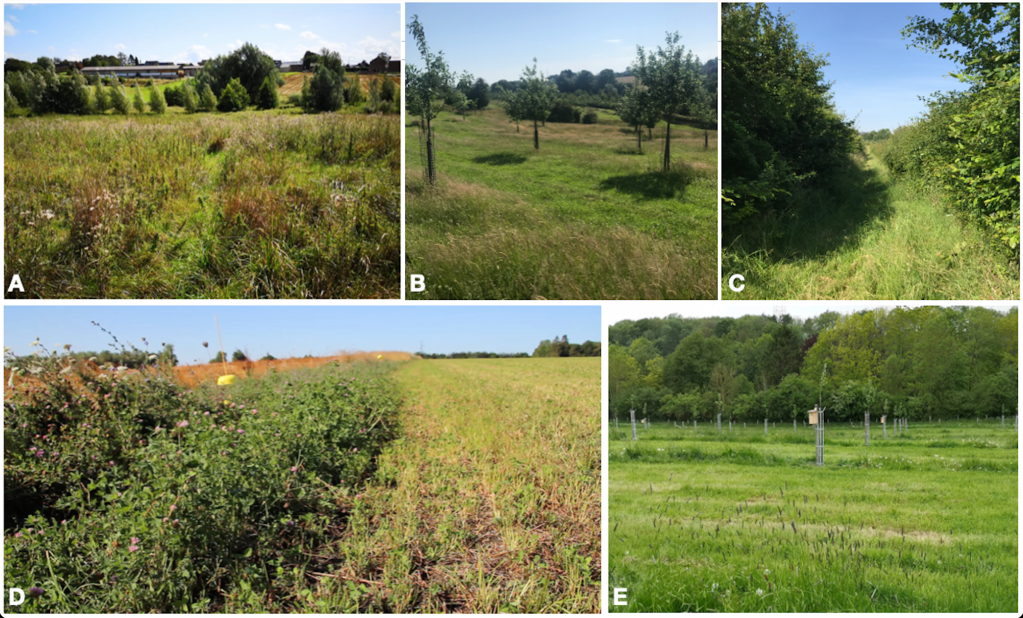Estimated Read Time 3 minutes

(EU Belgium, 2024)
Modern farming and food production are known to be harmful to the planet, people, and maybe most famously, the bees. Us humans became obsessed with efficiency and intensity and draining the most we possibly can from a given plot of land. Among those who received the shortest stick in this obsession, are the plants, animals, and insects that keep our world ecological balance happy and harmonious. Basically, the bee’s don’t like industrial farming.
And it is not just that we should #SaveTheBees because we like bees. Bees are kind of key to the ecosystems we rely on, which, spoiler alert, allows us to grow food in the first place. But there is good news! Some farmers have recognized the unsustainable nature of ultra-industrialized practices. They are working towards what is called “agroecological farming systems” or “regenerative farming,” which basically works to make sure we aren’t taking more from the land than it can give back, all the while ensuring the bees are happy with how we are doing it. Just ask Havelange, Belgium, where two farms are undergoing an ecological transition.
New Study Shows Agroecological Farming is Better for Pollinator Populations
Researcher Noel Grégoire and associates worked with these farms to collect data on the impact of agriculture on wild bees and hoverflies. From 2018 to 2019, with nets and coloured pan-traps, researchers collected over 6,300 bee and hoverfly specimens from various habitats while the farms were transitioning to agroecological farming practices.
Each of the farms had a unique and diverse ecology, as pictured below.

(Grégoire, 2021)
The 101 bee species and 31 hoverfly species identified show how, compared to farms with less ecologically diverse habitats, these transitioning farms are better-suited homes for biodiversity richness. Floral plants and nesting sites were a particularly attractive source for certain bee species. Here’s hoping we can visit those farms again in a few years once they have their agroecological farming practices down pat to see the long-term effects on pollinator populations.
So, not only can ecologically-focused agricultural practices support conservation, and give us better, healthier food, but it also makes the bees happy. Maybe my grocery bill will even go down? Either way, these two farms give me hope for the foodies of the world.
Author: Kiera Taylor
Sources
EU Belgium (Wallonia). (2024, March 15). Retrieved March 26, 2024, from Agriculture and Rural Development website: https://agriculture.ec.europa.eu/cap-my-country/cap-strategic-plans/belgium-wallonia_en
Grégoire Noël, Bonnet, J., Sylvain Everaerts, Danel, A., Calderan, A., Alexis de Liedekerke, … Laurent Serteyn. (2021). Distribution of wild bee (Hymenoptera: Anthophila) and hoverfly (Diptera: Syrphidae) communities within farms undergoing ecological transition. Biodiversity Data Journal, 9. https://doi.org/10.3897/bdj.9.e60665
UNEP. (2020). 10 things you should know about industrial farming. Retrieved March 26, 2024, from UNEP website: https://www.unep.org/news-and-stories/story/10-things-you-should-know-about-industrial-farming
UNEP. (2019). Why bees are essential to people and planet. Retrieved March 26, 2024, from UNEP website: https://www.unep.org/news-and-stories/story/why-bees-are-essential-people-and-planet#:~:text=Bees%20are%20part%20of%20the,propolis%20and%20honey%20bee%20venom
UNEP. (2020). Agroecology – a contribution to food security? Retrieved March 26, 2024, from UNEP website: https://www.unep.org/news-and-stories/story/agroecology-contribution-food-security